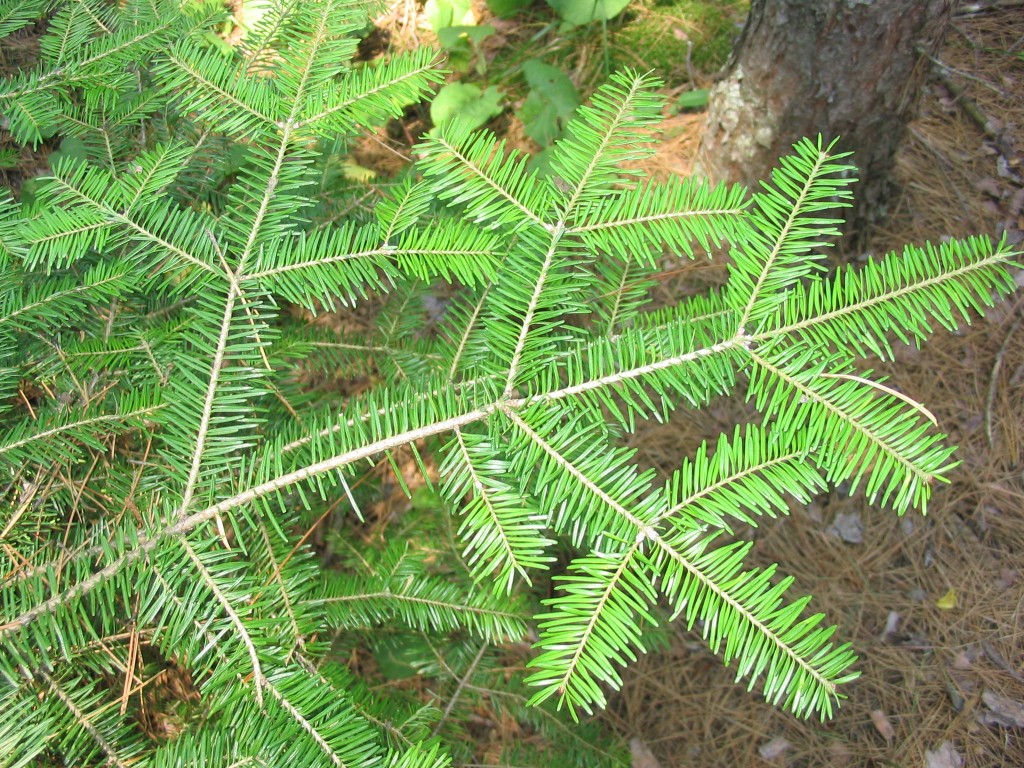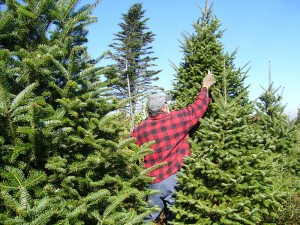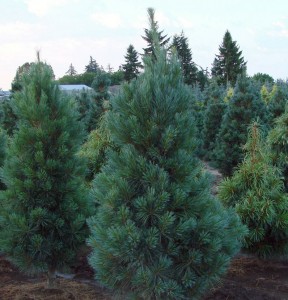Scent reinforces Christmas memories
During the Christmas holiday season, new memories will likely be made, and recollections of past seasons may be recounted as well. But the holiday season itself can aid in remembering events of long ago.

The powerful scent of balsam fir and other holiday evergreens helps to fix holidays in memory. Photo: Superior National Forest, Creative Commons, some rights reserved
Speaking as a guy who can hide his own Easter eggs and still not find them all, I marvel how Father Christmas, who is a few years older than I am, manages to keep track of so many kids and presents. Lucky for us that the most enduring memories are those with an associated smell. If it was not for fragrant evergreen trees, wreaths and garlands, Santa might have long ago fumbled in carrying out his holiday duties.
Of all the memorable aromas of the holiday season, nothing evokes its spirit quite like the smell of a fresh-cut pine, spruce or fir tree. Although the majority of American households where Christmas is observed have switched to artificial trees, the National Christmas Tree Association reports that 27.4 million real trees were sold in the U.S. last year, up from 22.6 million in 2015.

“A natural Christmas tree is, among other things, a giant holiday potpourri.” A Christmas tree grower prunes in October. The tree must experience three frosts to stabilize the needles before cutting. Photo: Madereugeneandrew, Creative Commons, some rights reserved
Every type of conifer has its own blend of sweet-smelling terpenols and esters that account for their “piney woods” perfume. Some people prefer the fragrance of a particular tree, possibly one they had as a child. A natural Christmas tree is, among other things, a giant holiday potpourri. No chemistry lab can make a plastic tree smell like fresh pine, fir or spruce.
The origins of the Christmas tree are unclear, but evergreen trees, wreaths, and boughs were used by a number of ancient peoples, including the Egyptians, to symbolize eternal life. In sixteenth-century Germany, Martin Luther apparently helped kindle (so to speak) the custom of the indoor home Christmas tree by bringing an evergreen into his house and decorating it with candles. For centuries after that, Christmas trees were always brought into homes on December 24 and were not removed until after the Christian feast of Epiphany on January 6.
In terms of crowd-pleasers, the firs—Douglas, balsam, and Fraser—are very popular, aromatic evergreens. Grand and concolor fir smell great, too. When kept in water, firs all have excellent needle retention.

Pinus Strobus, the Eastern white pine, is more fragrant than the Scots variety and has good needle retention. Photo: Obersinner Nursery, Creative Commons, some rights reserved
Pines also keep their needles well. While our native white pine is more fragrant than Scots (not Scotch; that’s for Santa) pine, the latter far outsells the former, possibly because the sturdy Scots can bear quite a load of decorations without its branches drooping.
Not only do spruces have stout branches, they tend to have a strongly pyramidal shape. Spruces may not be quite as fragrant as firs or pines, though, but they’re great options for those who like short-needle trees.
The annual pilgrimage to choose a real tree together is for many families, mine included, a cherished holiday tradition, a time to bond. You know, the customary thermos of hot chocolate; the ritual of the kids losing at least one mitten; the time-honored squabble – I mean discussion – regarding which tree is best – good smells and good memories.
Not only are Christmas trees a renewable resource, they boost the local economy. Even if you don’t have the time to cut your own from a Christmas tree grower, do yourself a favor this year and purchase a natural tree from a local vendor, who can help you select the best kind for your preferences and also let you know how fresh they are. Some trees at large retail outlets were cut weeks, if not months, before they show up at stores.
The Christmas Tree Association of New York can help you find a tree farm close to you.
For the best fragrance and needle retention, cut a one- to two-inch “cookie” from the base before placing your tree in the stand, and fill the reservoir every two days. Research indicates products claiming to extend needle life don’t work, so save your money. Tree lights with LED bulbs don’t dry out the needles like the old style did, and are easier on your electric bill too.
Whatever your traditions, may your family, friends, and evergreens all be well-hydrated, sweet-scented and a source of long-lasting memories this holiday season.
Paul Hetzler is a horticulture and natural resources educator with Cornell Cooperative Extension of St. Lawrence County.







